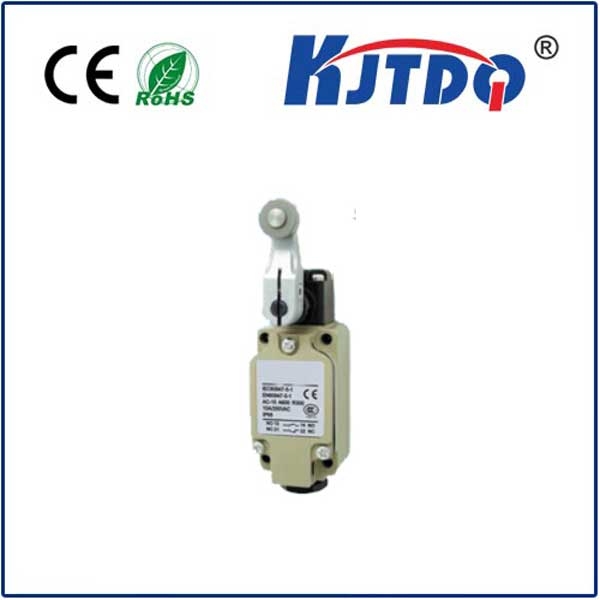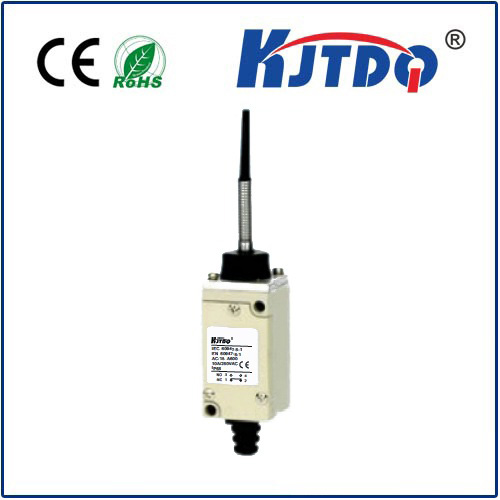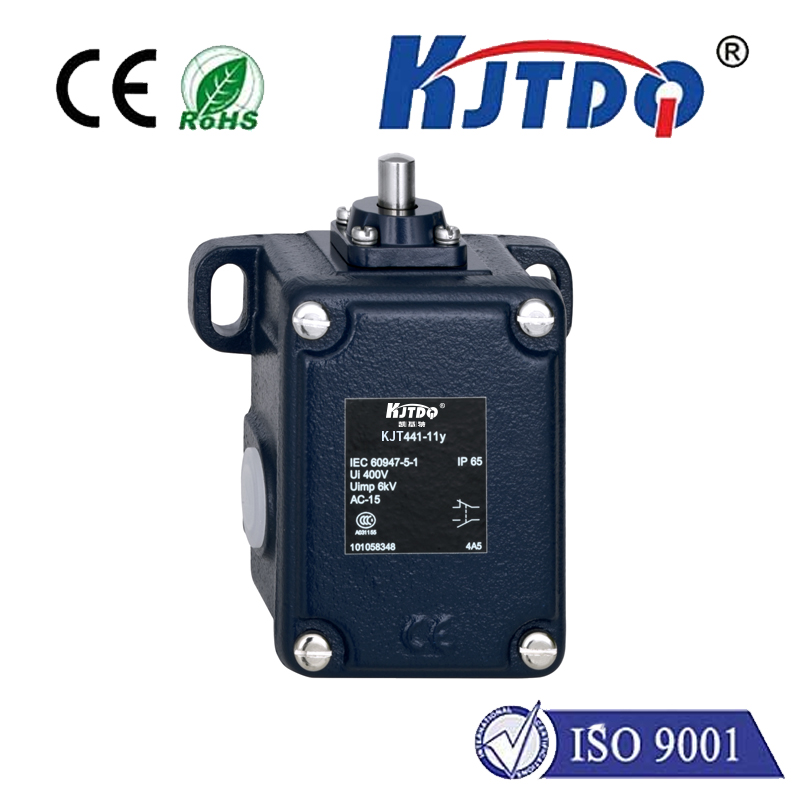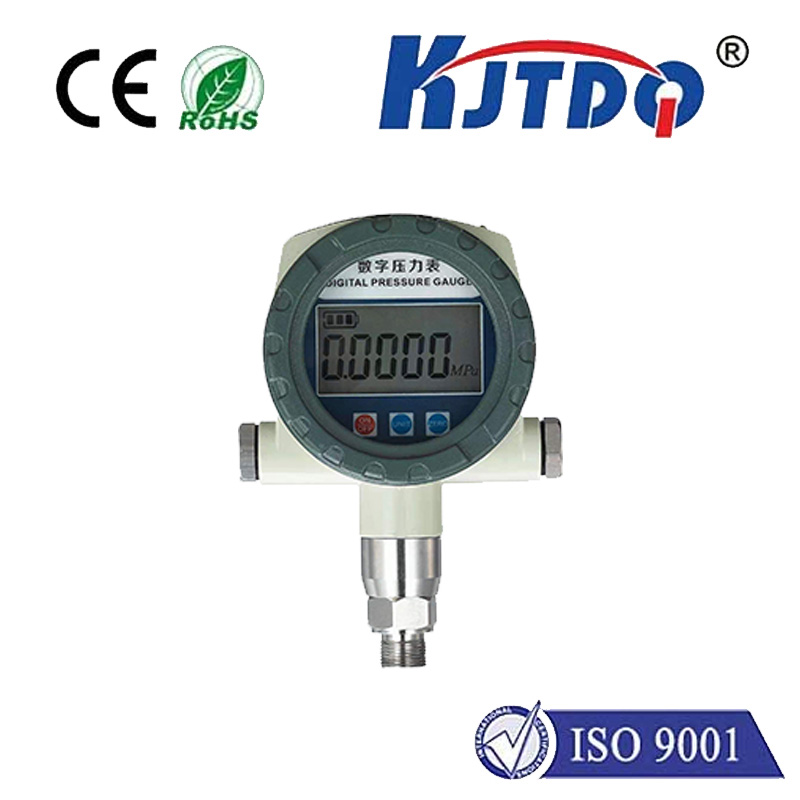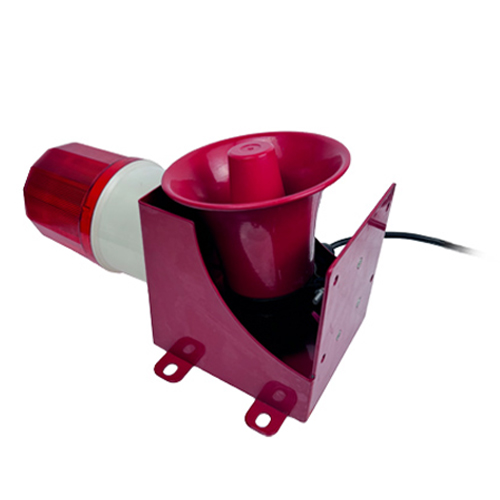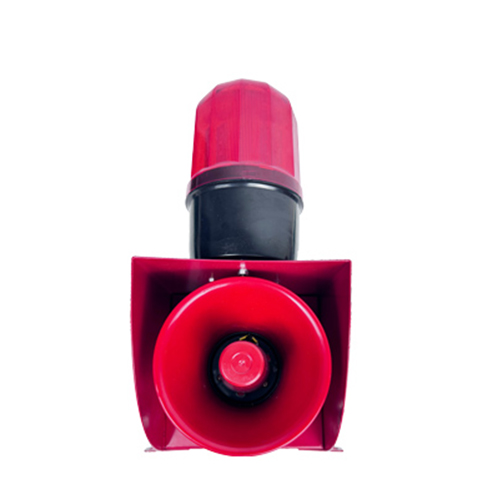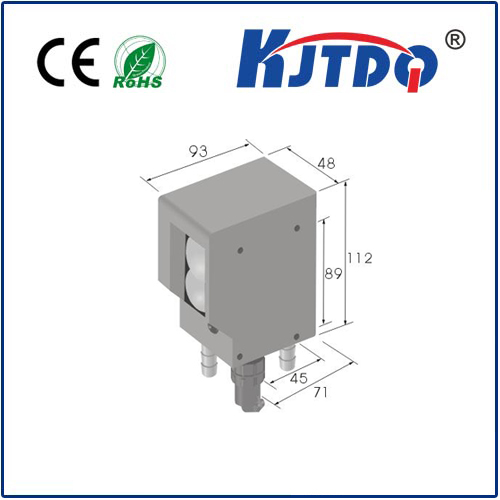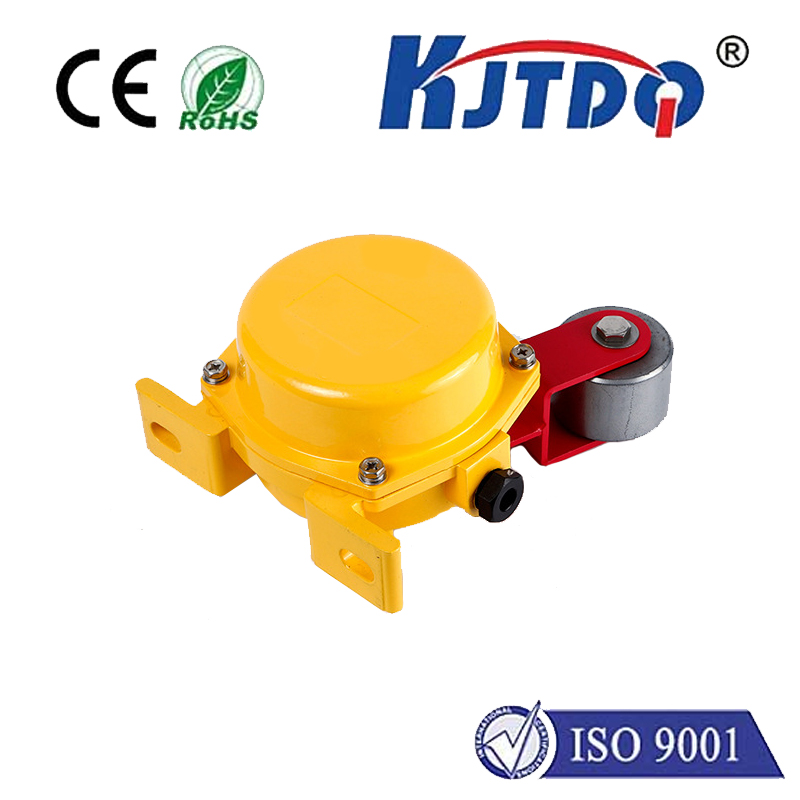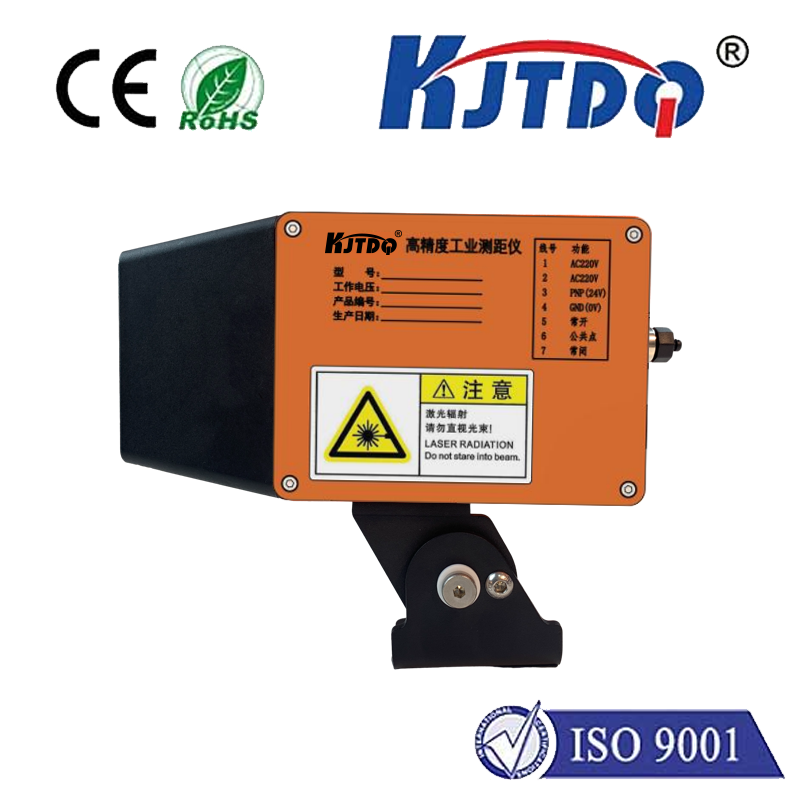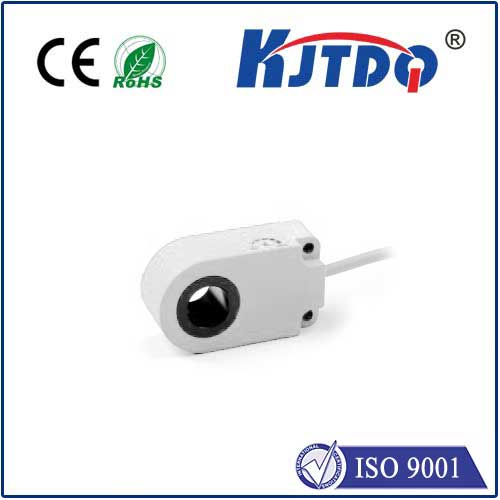

check

check

check

check

check

check

check

check

check

check
In today's rapidly evolving technological landscape, symbolic proximity sensors have emerged as a game-changer, revolutionizing the way we interact with devices and machines. These small, yet powerful devices are capable of detecting the proximity between two objects, providing invaluable insights into their relationship and enabling seamless automation and control. In this article, we will delve deeper into the significance of symbolic proximity sensors and explore their applications across various industries.
Symbolic proximity sensors are widely used in robotics and automation systems to facilitate object tracking, navigation, and interaction. By monitoring the distance between two or more objects, these sensors can determine whether they are approaching or departing from each other, triggering specific actions when necessary. This functionality is particularly useful in manufacturing settings, where robots need to navigate complex workspaces and interact with multiple parts simultaneously. Symbolic proximity sensors enable robots to perform precise movements, avoiding collisions and minimizing downtime.
Another key application of symbolic proximity sensors is in the field of automotive safety. By detecting the proximity between a driver and their vehicle, these sensors can alert the driver if they get too close to another car or object on the road. This feature has become increasingly important in recent years, as the number of cars on the road continues to grow and urbanization leads to more crowded streets. Symbolic proximity sensors not only improve road safety but also reduce fuel consumption and emissions by optimizing driving behavior.
In addition to their practical benefits, symbolic proximity sensors also offer significant opportunities for innovation and development. As technology advances, these sensors are becoming smaller, more affordable, and more accurate. This opens up new possibilities for creating interactive interfaces between humans and machines, enhancing user experience and productivity. For example, researchers are exploring ways to integrate symbolic proximity sensors with virtual reality environments, enabling users to interact with digital objects as if they were real.
Overall, symbolic proximity sensors are an essential component of modern technology, empowering us to automate processes, optimize resources, and enhance human-machine interactions. As these sensors continue to evolve and become more sophisticated, we can expect to see even more creative applications in various fields. Whether it's improving industrial efficiency, promoting road safety, or advancing our understanding of human-computer interactions, symbolic proximity sensors are paving the way for a brighter future.
